The Bottomless Anxiety of Holding on to Anything – The Lake’s Works for Radio 2023
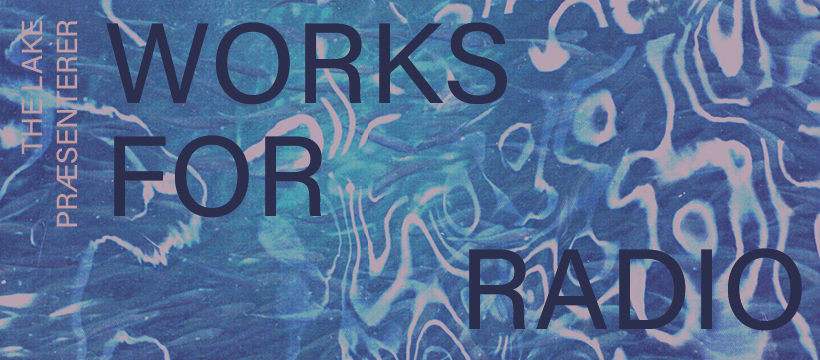
Works for Radio, 7th of March at Cinemateket – Review by Macon Holt
Radio art is at once very open and very particular. On one level, it is simply sound art on the radio. But putting sound art on the radio has historically given it another level as it implies a tangible relationship to the institutions of mass media and the media consumption habits of millions of people. The Lake are very conscious of this as they launch five brand new commissioned radio-works as part of their aptly titled “Works for Radio 2023”. Wednesday night was just a celebration, however. The real “art-life” of these new pieces will be in The Lake’s broadcast rotation as they occasionally bubble up and interrupt the flow of this outsider institution’s more conventional radio programming. Radio art isn’t something to be appraised in the pitch dark of a cinema but rather should come as welcome disturbances that disrupt the induced insomnia of our mediated lives by offering up new sonic dreams. So this is how I am going to attempt to review them in the listening situation they are intended for, rather than how they are displayed at the launch exhibition.
The commissions were sent out in collaboration with a jury comprised of representatives from Radiophrenia (SCT/UK), Collaboradio (DE), and Borealis Festival (NO) and have resulted in five new works by Linda Lamignan (NO/NG), Nicole L’Huillier (CHL), Asmaa Jama (SOM/DK), Kari Robertson (SCT/UK) and Jenny Hval (NO). These works were all made in response to the theme of life at the bottom of the lake. From the theme, one might have prepared themselves for aquatic eco pieces exploring the sonic life of freshwater depths, or perhaps even a dive into The Lake’s own expansive and mysterious archive. But the theme was, thankfully, laxly enforced, resulting in it being taken up with a productive metaphorical resonance.
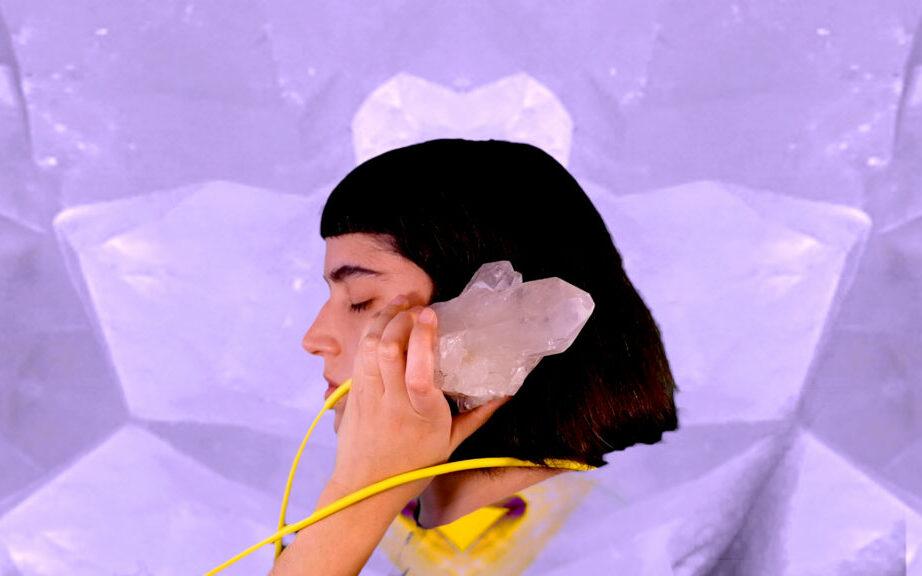
Nicole L’Huillier’s piece, “Lágrimas de Volcán” (Eng. “Tears of the Volcano”) is a synth-saturated electroacoustic composition of specialised surface tension that leaves you wondering if the volcano in question is the geological rupture point or the name of an evil cyberpunk corporation about to come undone. Or perhaps this is how the magma volcano appears through the corporate scanners that sort every measurable phenomenon into discreet digits. At the mid-point, the track fades out only to return with what sounds like a cyborg circulatory system pulsating as synthetic textures are nestled into a wetly organic sonic backdrop. As the only, reverb-drenched word of the piece echoes indecipherably (perhaps owing to my weak Spanish) into the piece’s conclusion, a late-night listener may well be left unsure if they’d dreamed the entire piece as its abstract tensions can sometimes be all that is left to us of our nocturnal adventures.
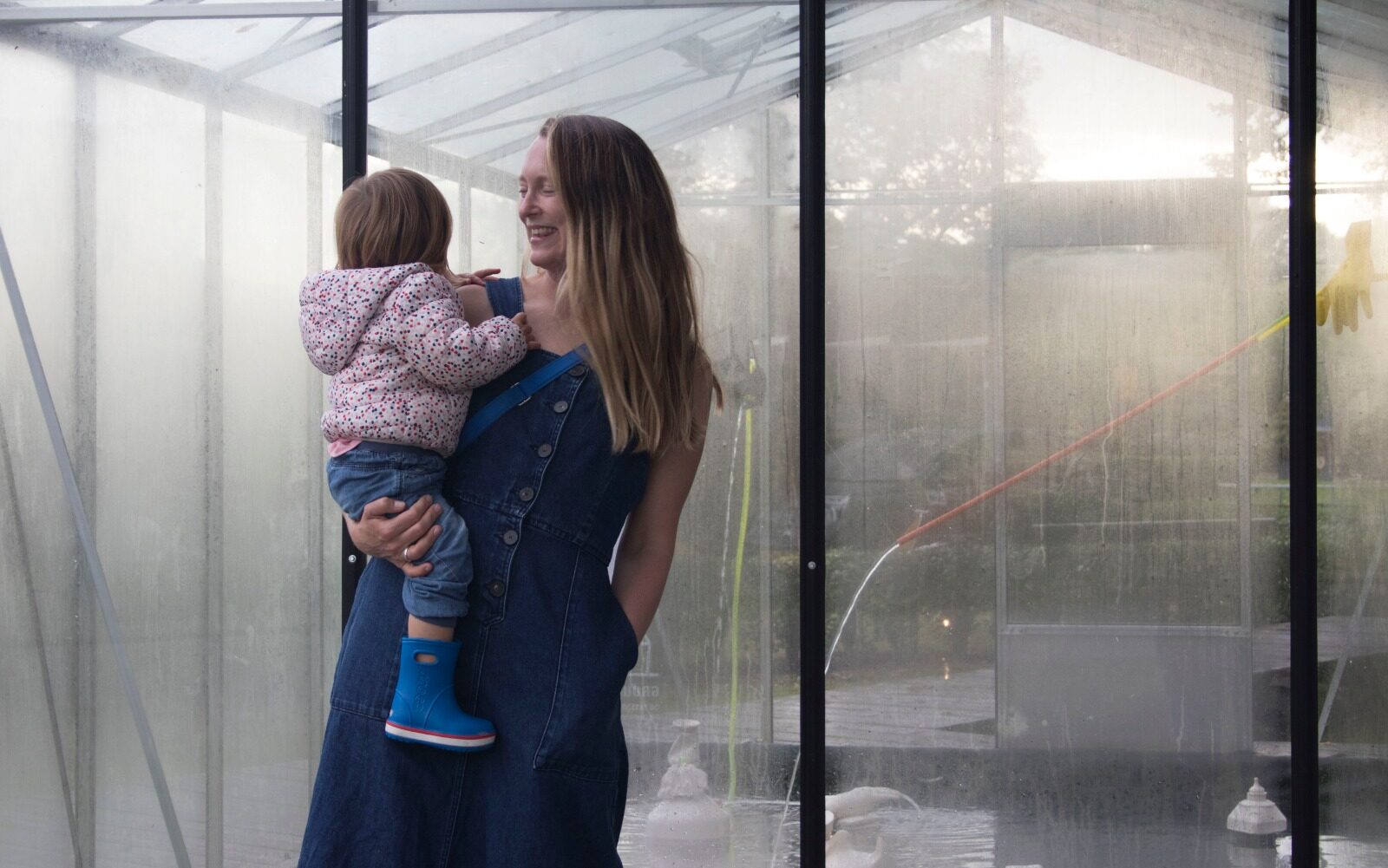
Keri Robertson’s “Sleep Up, Wake Deep” might fade in for the late-night listeners through their own snoring as the sampled sounds of the labour breaths of sleep crossfade into accordion respiration. Robertson’s alien narration tells a story of a body forced out of its biorhythms. What follows feels like a more organic section in which a song over animal calls leads into the open air of the day. Before, night returns and with it the agitated nervous system of contemporary stress. “Modernity stole my day,” says the voice within the dreams that won’t come. The piece’s final movement features a semi-improvised description of Robertson’s (character’s) coping mechanism for insomnia. Lying awake, she thinks about the glymphatic system, which clears out the waste produced by the brain during the day while we sleep. She says, ”when I’m lying there I can’t sleep, I just imagine I’m lying there in brain shit […] And it doesn’t give me any help or comfort to think about”. The room around me chuckled but at the same time, I think we also winced at the known reality of the image we’d been presented with.

Asmaa Jama’s “The Salt Worshippers” narrates an East African fable. The story of lovers brought together around the labours of the salt lake and separated by the social, psychological and physical consequences of enduring such labours. The continuum between liquid and minerals and the amorous bodies they constitute is brought into stark relief in the extreme heat of this part of the world. The close mic’d narration aches with the heartbreak of love that cannot conquer all the material breakdown of people’s physical and mental capacities induced by sun and salt. “Whatever they have evaporates, cycles, falls like rain, falls like rain, like rain”, recites the narrator as if enchanting the tragedy of this love story with the power to exceed the lovers’ bodily dissolution. The chime that has punctuated the storytelling throughout rings again. In the soundscape, the lovers become the texture of salt across skin rubbed in as fingers draw lines through the crystals. As the narrative becomes more syncopated, a certain idea of reality gets softer in a way that makes both the love and pain it describes eternal.
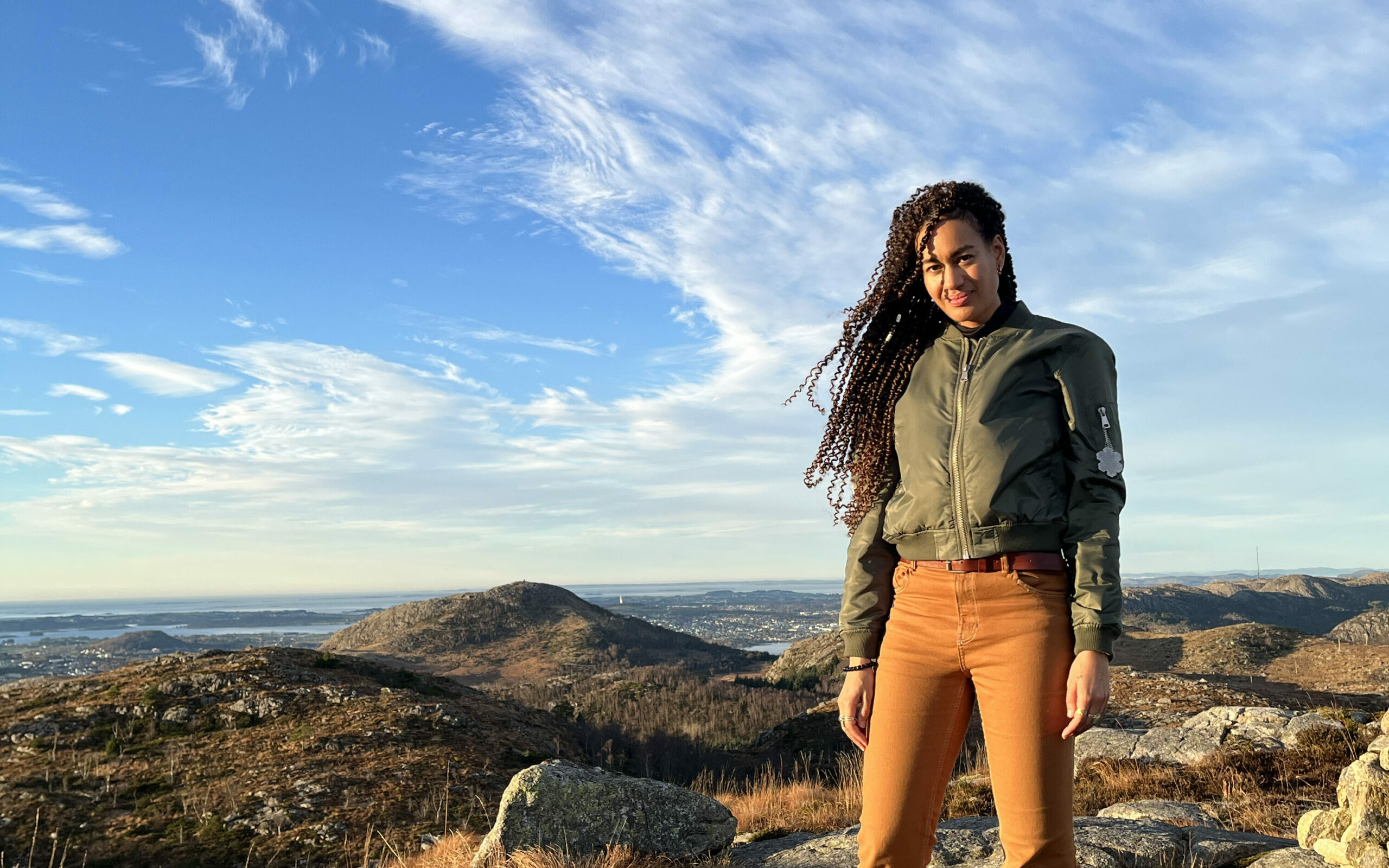
Linda Lamignan’s “Broken Bridge” is a song, which, in a welcoming way, draws our attention back to the radio format. With a vocal and soft-synth and verby-vocal arrangement, which gives it something of a recent tendency in contemporary popular musics, which folds in the aesthetics of 80s and early 90s adult contemporary into the present. Here again, this is more than just a retro fad. The longing in the lyrics and vocal lines, when set in this production style, hungers for more than just an unrequited or lost love. It hungers for a substantiveness to existence that seems too much to ask from the present. And yet, as it moves into its second, slow pulsing section, the spareness of the instrumentation also perhaps offers a confession accompanied by an invitation for the listener to share in this desire for tangibility. The once ethereal vocals are now dry set against a staccato synth and its lonely echo. Now more exposed, Lamingnan sings “reflecting futures, we go”. However, difficult to articulate the desire haunting this song may be, it cannot be met alone.
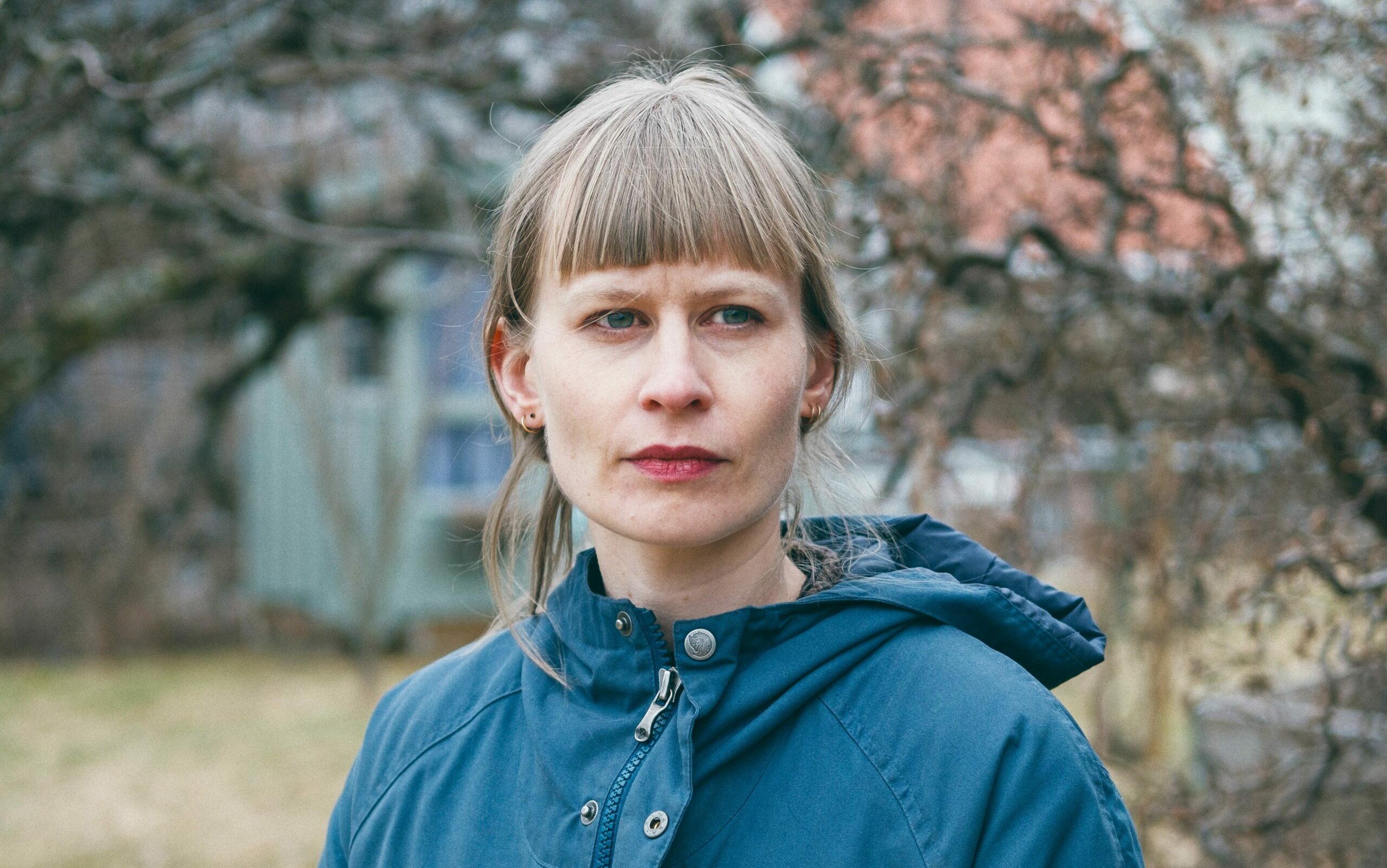
The sound material of Jenny Hval’s piece “Smoking” was ostensibly gathered from a recorder under her coat in the supermarket. What it became is a wonderfully distracted meditation on smoking, and the meditations smoking makes possible. Across a collage of supermarket field recordings, instrumental samples and sighed vocal tones, Hval declares the title of the piece to be, “I want to write and direct a real theatrical performance, but I realise it will never happen”. Considering we’ve been told the piece is called “Smoking”, this new title comes as a surprise. But as she describes the staging something else emerges, something that draws her to focus on smoking. “The stage is decorated with cigarette smoke from a 100, no, 1000, no 100,000 mouths, exhaling continuously”, which causes her to think of her mother and how smoking had become a method for dealing with life that had somehow bonded them. “My mother took smoke breaks on the balcony from family and normcore idiocy”. Thinking of the bodies this smokes passes through, Hval describes how, when she used to play the game Operation, she “used to want to create chaos” by rearranging the organs. But now in adulthood, a need for sensible order seems to infringe on that once palpable freedom. She then wonders to the most haunting aphorism of the piece, “Don’t you miss realising that only smokers, watching their own tinted breath moving out of their bodies all day long, really know what freedom is?” The smoking break is temporary, like life. And the tinted breath is a reminder of your impermanence. It’s then, we realise, that the piece itself was also a cigarette break that is now dwindling away. In the end, Hval lands back in the damp reality of her coat while standing in the supermarket.
These pieces are intriguing additions to the Lake’s rotation. All of them fizz with a kind of anxiety that is maybe more characteristic of our time than we care to admit. And while it certainly has taken them a long way from the commission’s call, life at the bottom of the lake, these new works for radio perhaps relate to it metaphorically as they explore places beyond the anxiety and sink tenderly into the resignation and the pain that accompanies it. In particular, there is something generative to be found in both Jama’s re-articulation of this condition through sonic myth-making, and Robertson’s blackly comic refusal to offer up easy answers to insomniacs. For the late listener, lost in their own sea of precarious panic, these works will whisper into their ear that they are not alone.
You can listen to all of these works on rotation at thelakeradio.com
